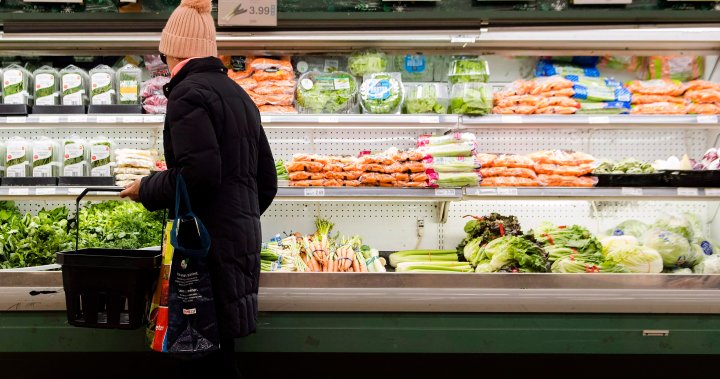
Is grocery power imbalance raising prices in Canada? Here’s what to know
Global News
Whether you're catching a flight, opening a new bank account or picking up groceries, a small group of big names takes up most of the market share.
Whether you’re catching a flight, opening a new bank account or picking up groceries, a small group of big names takes up most of the market share. Competition Ltd. is a Canadian Press series that explores what this means for products – and prices – in the country.
The flyer for the Victory Meat & Produce Market, a small grocer in New Brunswick, recently featured fresh local turkey for $3.99 a pound, two bags of carrots or onions for $4 and a bunch of celery for $2.29 – prices that rival its national competitors.
For 81 years, the independent store has offered quality products at affordable prices, earning it a loyal customer base despite the increasing dominance of national grocery chains.
“We have long-term relationships with suppliers and local growers, and staff that have been here for 20 years,” said Alex Scholten, co-owner of the Fredericton store. “Our customers are like family and I think those relationships are what has sustained us for so long.”
The mom-and-pop style business has become increasingly rare in Canada’s highly consolidated grocery industry.
Loblaw, Sobeys and Metro make up more than half of all food retail sales in Canada, according to the Who’s Who 2022 report by industry trade magazine Canadian Grocer.
Add Walmart and Costco to the tally, and just five companies control three-quarters of grocery sales across the country, the report found.
That market concentration has come under intense scrutiny in recent months as food prices increased at their fastest clip in 40 years.
